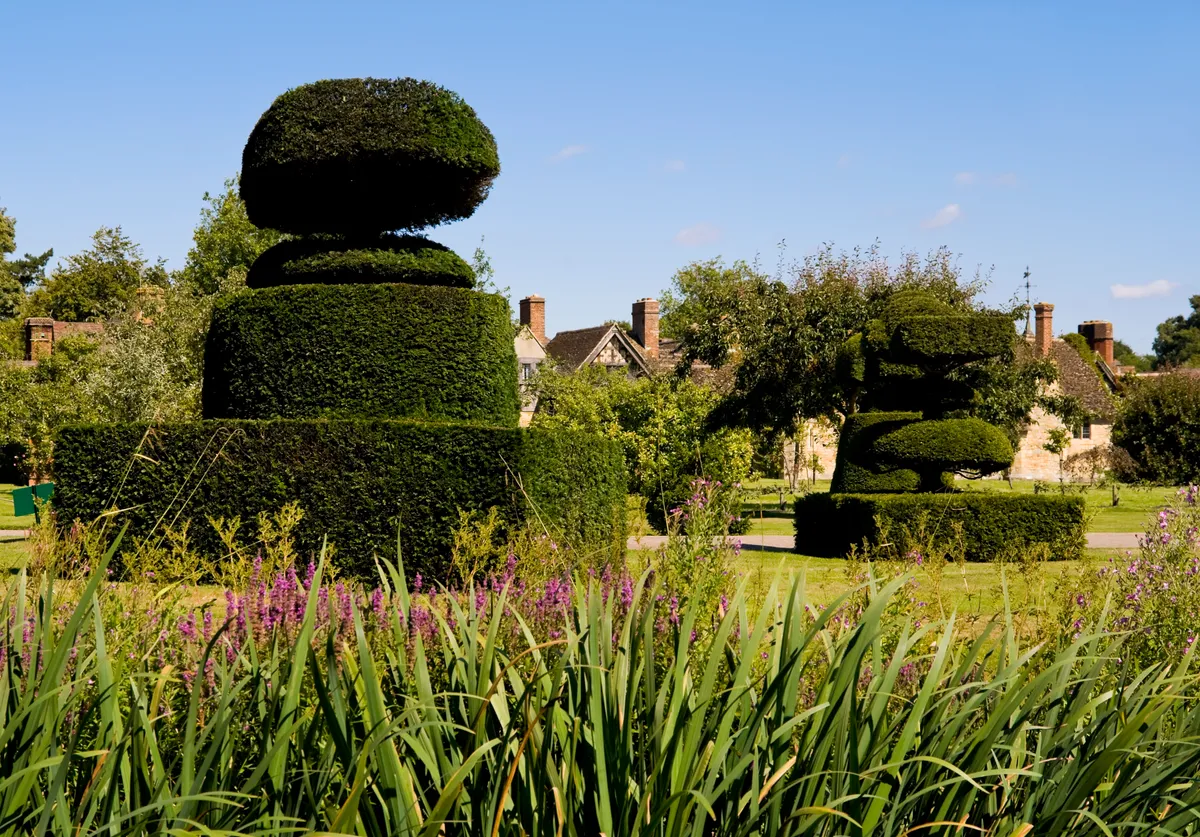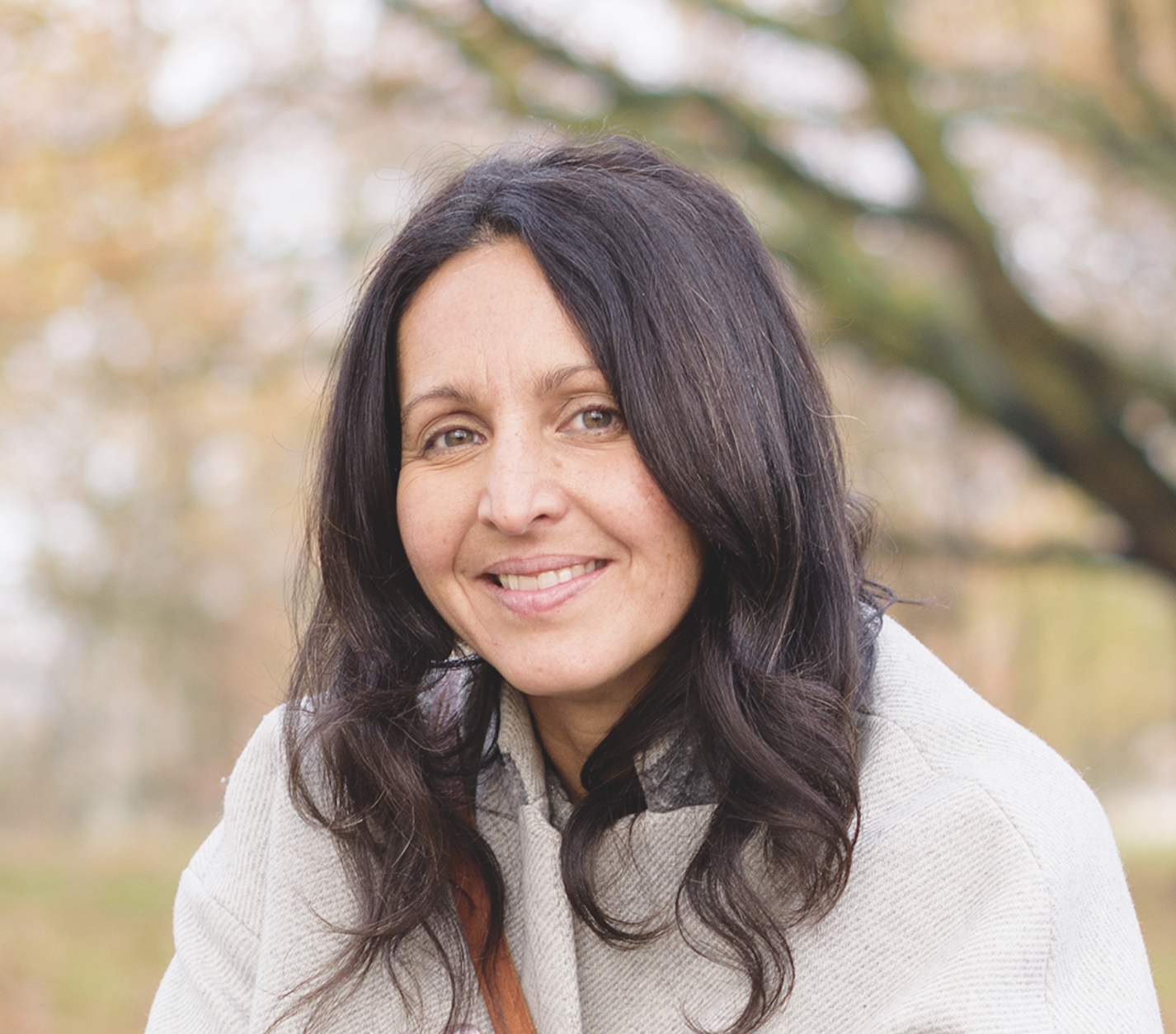Dating back to the 14th century, Hever Castle is best known as the childhood home of Anne Boleyn, the second wife of Henry VIII and mother of Elizabeth I. Its rooms are lined with history, and its halls tell stories of many tumultuous events that changed the course of British history. Plus, it's surrounded by beautifully landscaped gardens, wildflower meadows and woodland walks.
From royal scandal to American reinvention, here’s how this 14th-century fortress has evolved into one of Kent’s most captivating historic estates.
- How many people did the infamous Tudor king Henry VIII murder during his bloody reign?
- Built by a paranoid Henry VIII, these two clifftop forts in Falmouth tell a thrilling tale of Tudor tensions
History of Hever Castle: who has owned Hever Castle over the years?
The original medieval defensive castle on the grounds was built in 1383, later becoming home to one of the most powerful families in England: the Boleyns. They were responsible for updating and modernising the existing dwelling, converting the castle into a manor house and Tudor dwelling.

Geoffrey Boleyn was responsible for the renovation of the castle, which was later inherited by his grandson, Thomas Boleyn. He lived there with his wife and three children, one of whom was Anne – the future wife of Henry VIII. It’s not known whether Anne was born at Hever, but she lived there until she was sent away to the Netherlands for her education. Inside the castle, you can see two prayer books that belonged to Anne Boleyn, which include her inscriptions and signature.

The nearby Bolebroke Castle featured as the backdrop to Henry VIII’s courtship of Anne in later years. It's believed that he also visited Hever Castle during their courtship, and may have even stayed over. In the dining hall of the castle, visitors can see a gilt lock belonging to Henry VIII – he was especially worried about the threat of assassination when he was visiting other houses, so would bring his own locksmith to fix a special lock to his bedroom.
The next major renovation came in the 20th century, when it was acquired by William Waldorf Astor, the American hotelier millionaire. He added the Tudor village – known as the Astor wing – and also added the Italian Garden to display his ornaments and statues.
In 1983, the Astor family sold the castle to John Guthrie, a chartered surveyor and chairman of Broadlands Properties.

Landscaping at Hever Castle
When the young Anne Boleyn lived at Hever Castle, nestled within Kent Weald countryside in the River Eden valley, the landscape would have been mainly marshland and meadows. Now, it looks rather different.

These changes are all thanks to American millionaire William Waldorf Astor, bought the property in July 1903, he reimagined the grounds of his ‘Tudor village’ as a series of beautiful gardens and walks, including a 38-acre lake that took 800 men to excavate.
As part of this landscaping project, William Waldorf Astor commissioned the building of the Yew Maze. Another maze – the Water Maze – was added more recently, in 1997. These are among the best mazes in the UK.

Wildflowers at Hever Castle
Hever Castle’s jewel-coloured lakeside meadows are an inspiring addition, bringing joy to pollinators and gardeners alike.
Walk or golf by these tranquil waters in late spring and summer and the native grasses and wildflowers are still there, now further enhanced by a series of kaleidoscopic micro-meadows inspired by Nigel Dunnett and James Hitchmough’s show-stopping wildflower designs for the 2012 Olympic Games.
The meadows at Hever Castle focus on pollinator-friendly species, that provide vibrant colour throughout the year. Among the meadows are a range of wildflowers and herbs, such as calendula, cornflower, cosmos and corn poppy.

Many of these meadows can also be seen from the adjacent golf course, where Rob and his team are also upgrading areas of rough, using plants such as yellow rattle and ‘finer grass’.
There are also annual and perennial wildflowers up at the Top Gate and around the Hever Shop, where you can buy a selection of Hever’s seed mixes, seed shakers and a special mini meadow-growing mat, known as ‘Flora Fleece’, to help you grow your own. Visit in May to catch early summer colour and a glimpse of meadows being sown.

We included a Hever Castle walk among the best walks in Kent.

Top image: the Tudor village at Hever Castle. Credit: Peter Trimming via Geograph





